• Adenovirus Service • AAV Service • Lentivirus Service • Retrovirus Service



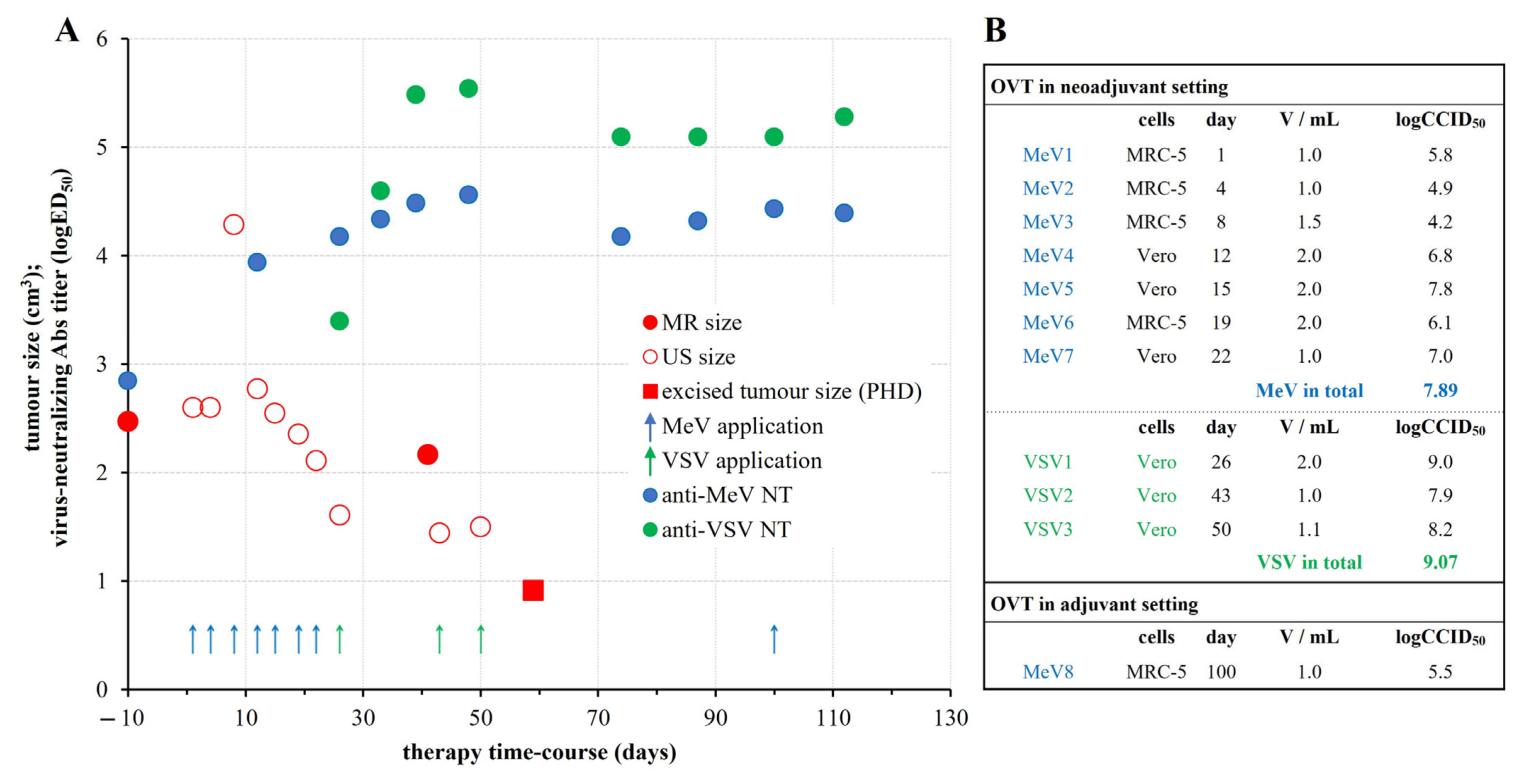
Recently, Nature reported on the headlines of its official website a special case of a virologist who used a virus she cultivated in the laboratory to treat her own cancer.
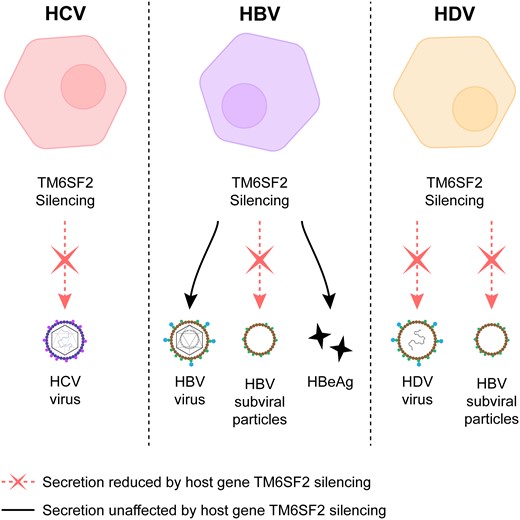
Chronic viral hepatitis is a long-term inflammation of the liver, usually caused by hepatitis B (HBV), C (HCV) or D (HDV) viruses. Although these viruses replicate differently, they all rely on the endoplasmic reticulum-Golgi pathway for replication. In this process, a gene called TM6SF2 plays a key role. It is estimated that 450,000 people in Australia suffer from chronic viral hepatitis, and about 1,000 people die each year.
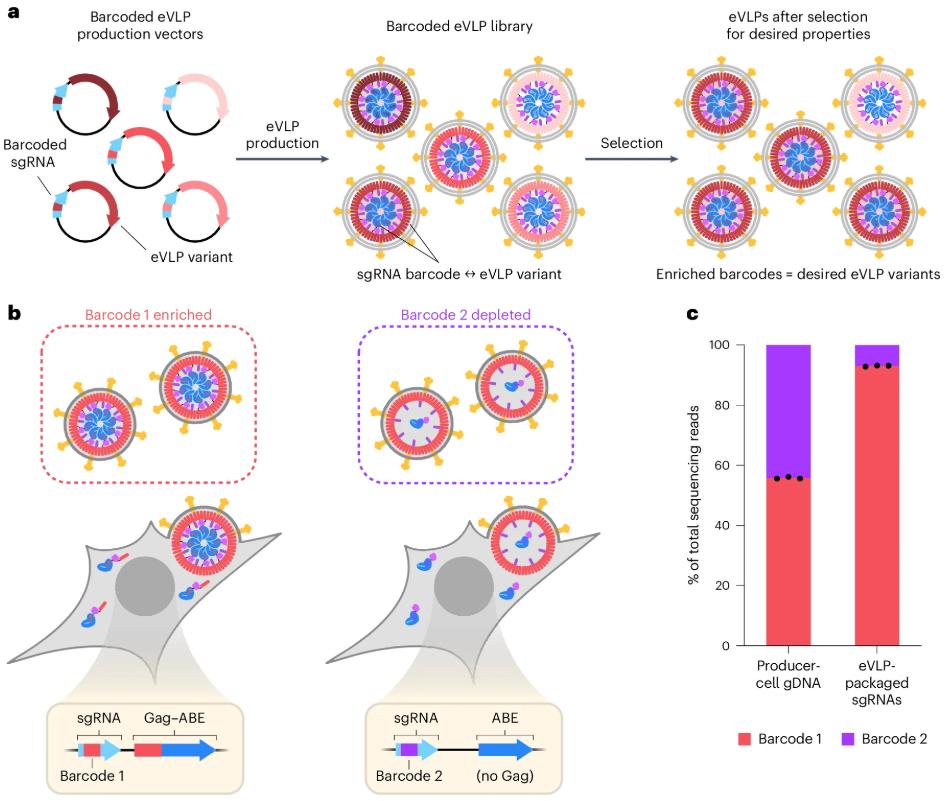
The Liu Ruqian team at the Broad Institute published a research paper titled "Directed evolution of engineered virus-like particles with improved production and transduction efficiencies" in the journal Nature Biotechnology. The study used directed evolution to develop the fifth generation of engineered virus-like particles (v5 eVLP), which has higher production efficiency and delivery efficiency.
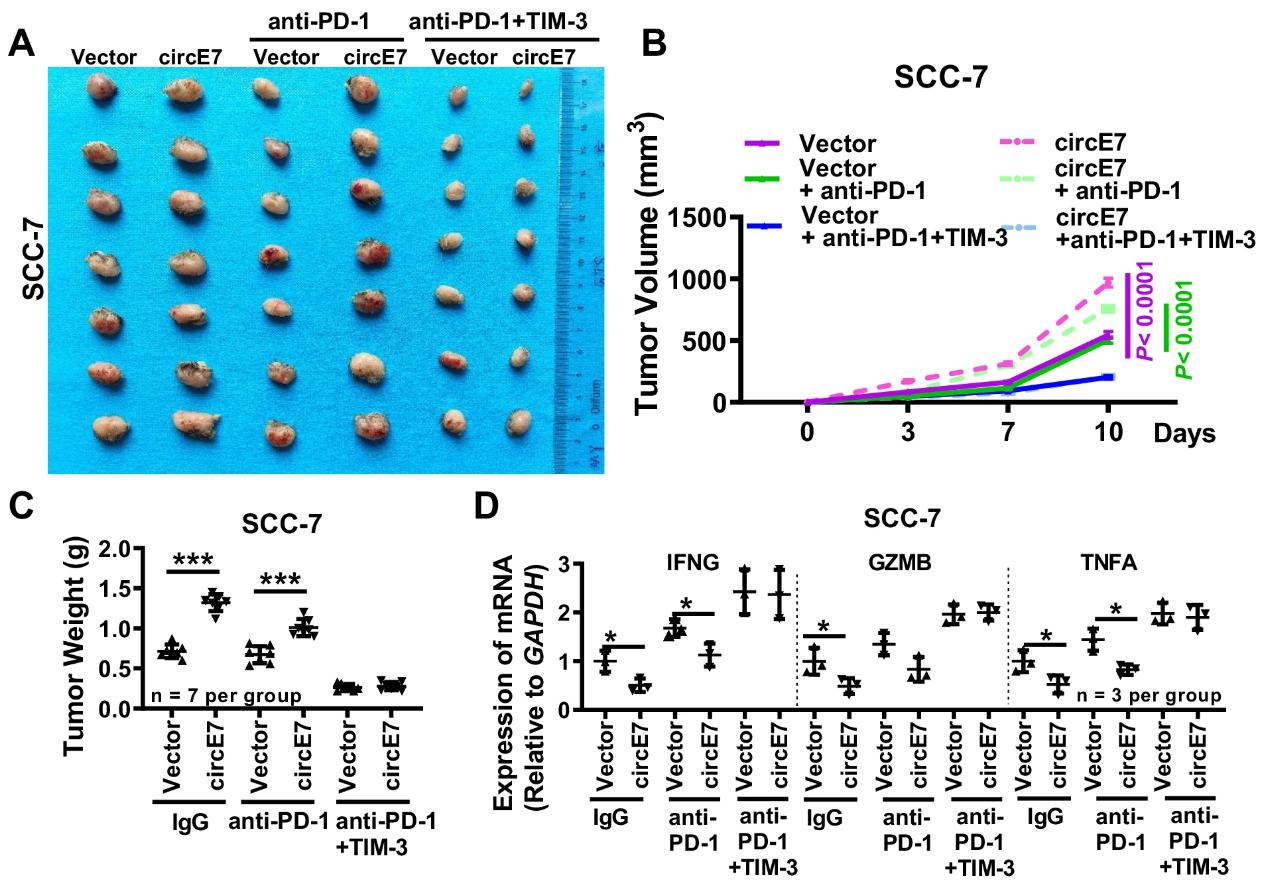
Recently, researchers from Central South University in China and other institutions published a research paper titled "Human papillomavirus-encoded circular RNA circE7 promotes immune evasion in head and neck squamous cell carcinoma" in the journal Nature Communications. The study found that human HPV virus downregulates the expression of the immune checkpoint molecule Galectin-9 by encoding circular RNA, circE7, thereby promoting immune escape in head and neck squamous cell carcinoma (HNSCC). Based on this discovery, a new idea of combining TIM-3 (Galectin-9 receptor on T cells) monoclonal antibody with existing PD-1 monoclonal antibody to improve the immunotherapy effect of head and neck squamous cell carcinoma was proposed.
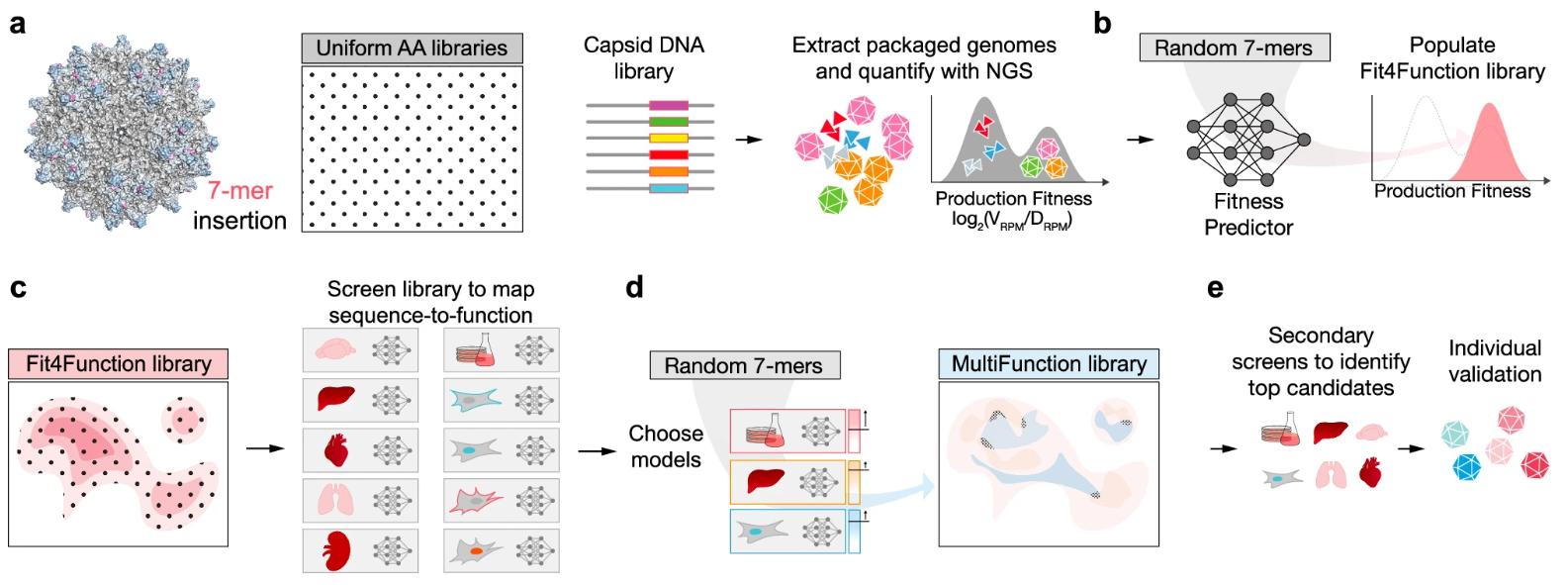
Recently, researchers from the Broad Institute of MIT and Harvard University published a research paper titled "Systematic multi-trait AAV capsid engineering for efficient gene delivery" in Nature Communications. The study developed a general machine learning method for systematically designing multi-feature AAV capsids, Fit4Function, which generates reproducible screening data by utilizing AAV capsid libraries that uniformly sample the manufacturable sequence space to train accurate sequence-to-function models, thereby helping to design AAV protein shells (capsids) with multiple ideal features, such as the ability to deliver genes to specific organs or achieve gene delivery in multiple species, thereby helping to accelerate the engineering of AAVs for gene therapy.
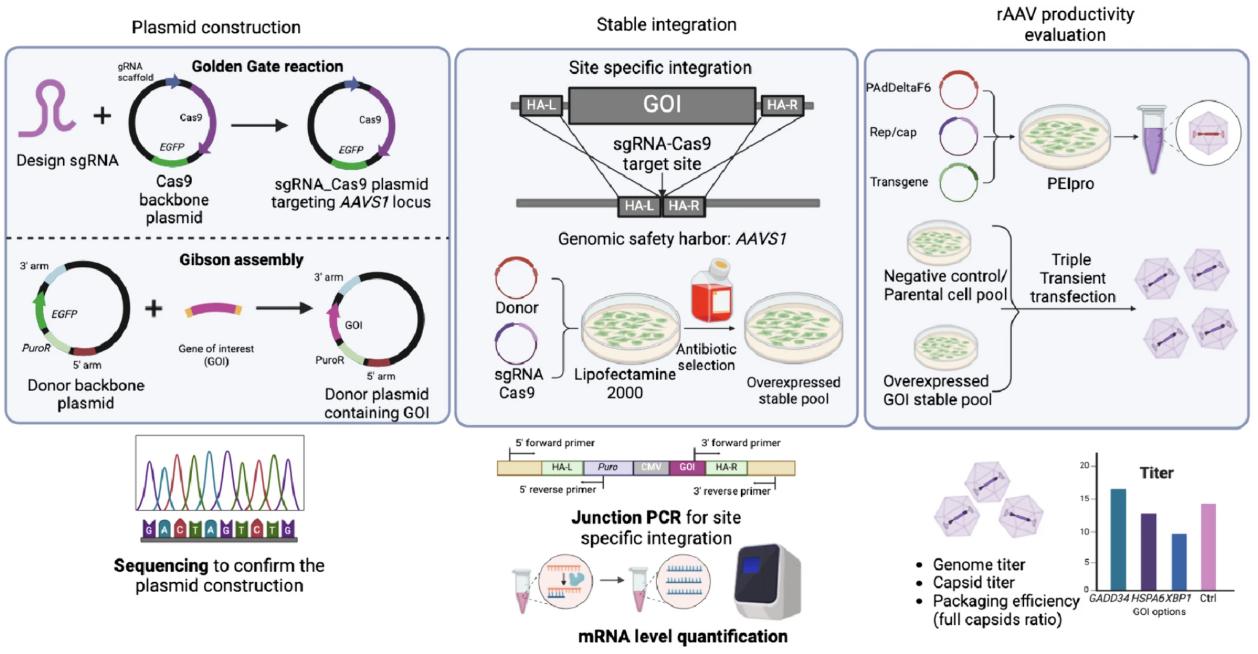
Recombinant adeno-associated virus (rAAV) vector is one of the most promising viral vectors in gene therapy. Currently, three-plasmid transfection based on human embryonic kidney 293 (HEK293) cells is the most commonly used rAAV vector production system, but its low production efficiency has become one of the challenges faced by rAAV gene therapy drugs on the road to commercialization. In view of this challenge, researchers are working to develop improved methods to increase the production of rAAV in HEK293 cells.

On August 14, 2024, the World Health Organization (WHO) announced that the monkeypox (mpox) outbreak in parts of Africa constitutes a "Public Health Emergency of International Concern" (PHEIC). This is the second time in two years that the WHO has declared a monkeypox outbreak a PHEIC event. PHEIC is the highest alert level under international health law. The WHO said that the monkeypox outbreak has the potential to spread further in Africa and to other continents. According to a report released by the Africa Centers for Disease Control and Prevention, from the beginning of this year to July 28, the number of new monkeypox cases in Africa has surged by 160% compared with the same period last year. So far, 34 African countries have reported the discovery of the disease or have been identified as "high-risk" countries.
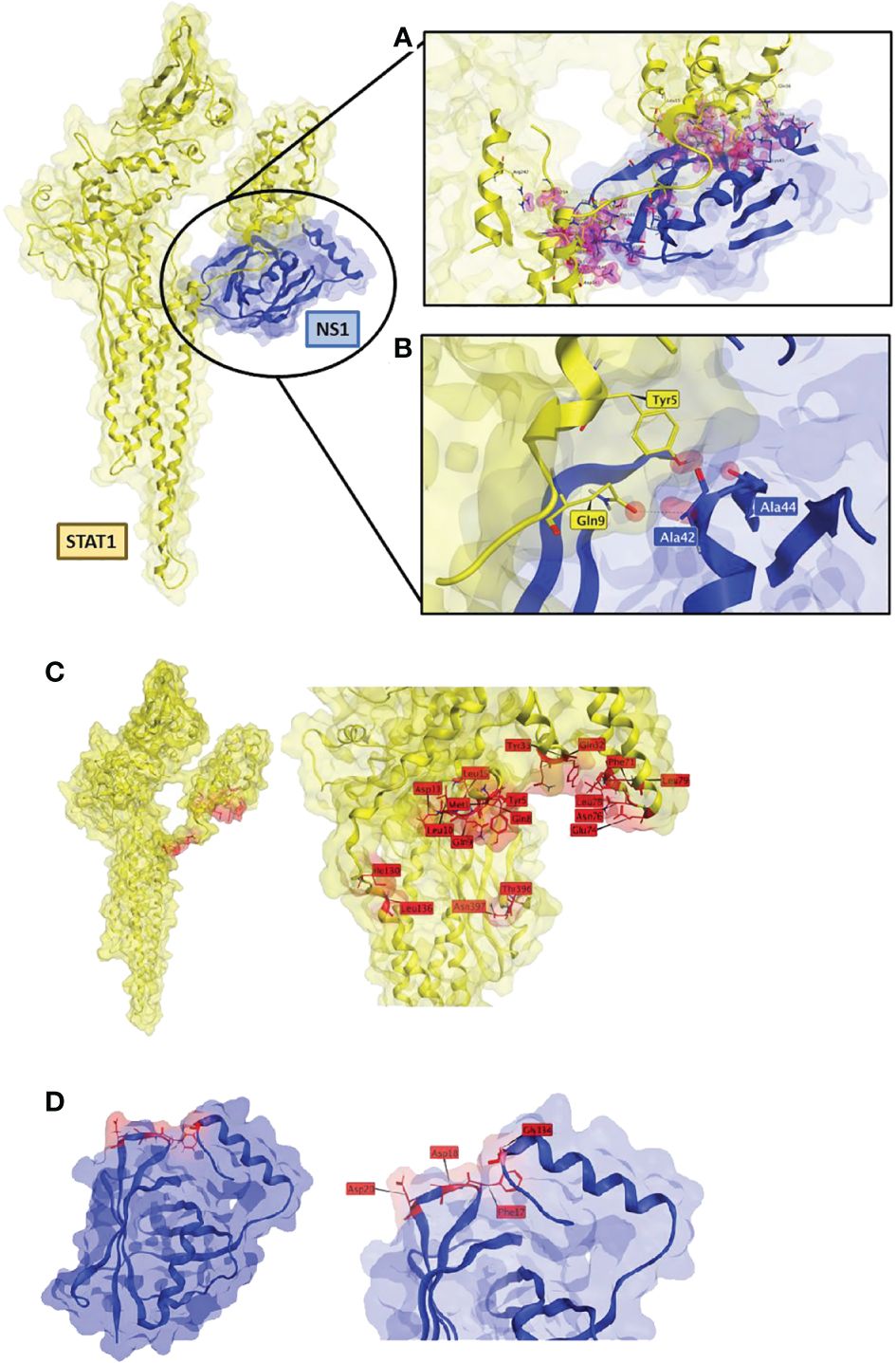
Respiratory syncytial virus (RSV) causes a significant disease burden in the global population, with an estimated 33.1 million cases each year, and is the leading cause of bronchitis and viral pneumonia in infants. It particularly affects children and the elderly, and treatment options are limited and relatively ineffective.
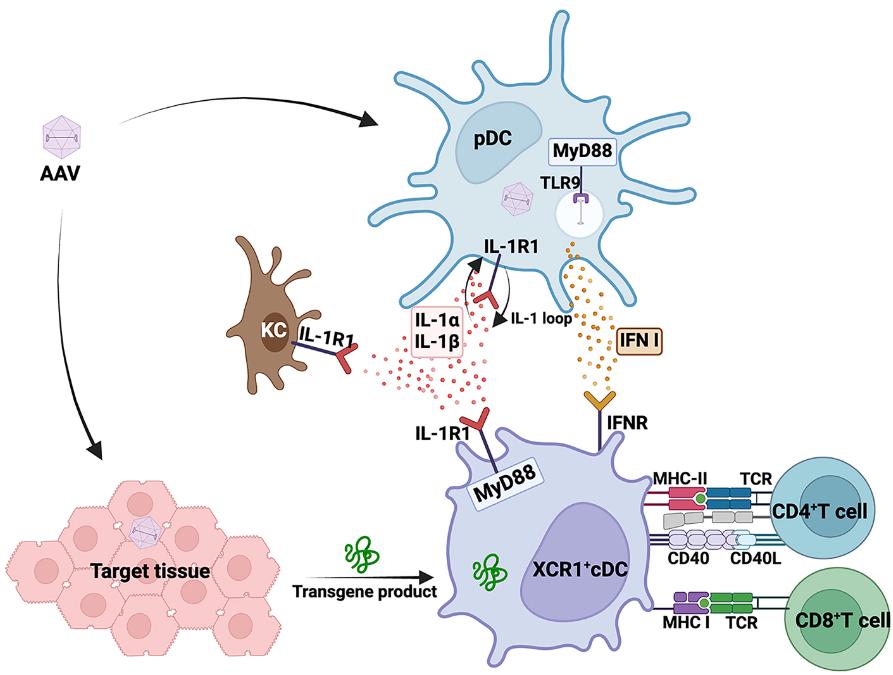
Adeno-associated virus (AAV)-based viral vectors used in human gene therapy can induce innate immune pathways, leading to the initiation of the body's adaptive immune response. Recently, in a review article entitled "Innate Immune Sensing of Adeno-Associated Virus Vectors" published in the international journal Human Gene Therapy, scientists from Indiana University and other institutions described the range of possible redundant innate immune pathways that AAV vectors can activate, which will lead to excessive adaptive immune responses.
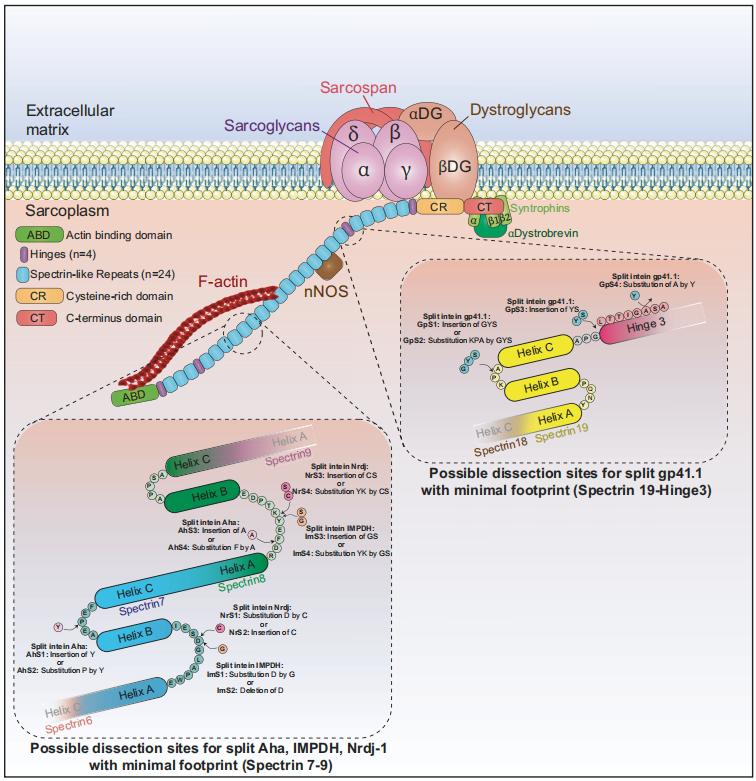
Gene replacement using adeno-associated virus (AAV) vectors is a promising approach to treat many diseases. However, the packaging capacity of AAV (about 4.7 kilobases) poses a challenge to this treatment modality, limiting its application in diseases associated with larger protein coding sequences (such as the 14 kilobases of mRNA in Duchenne muscular dystrophy).